Let us play doctor. Believe for a moment that you are sitting in your office advising a patient. On the patient’s chest X-ray is a half-inch spot. The patient is frightened and you are concerned. How you will determine if the spot is cancer or might it be a scar from an old infection?
Do you take the patient to surgery and remove the lesion? Surgery requires anesthesia and causes pain. An operation carries the risk of bleeding and infection. Insert a needle? That is hard to do in the middle of the lung (“Please hold your breath for 5 minutes.”). This carries the risk of pneumothorax and bleeding. Often needle biopsies miss. Wait a couple months? If it is cancer, it might grow. What is the simplest, safest answer? Order a PET Scan.
Positron Emission Tomography (PET Scan) cannot tell you the shape or the exact size of the spot. It is not very good at determining location. However, PET Scan can tell whether a lesion is growing. PET is a test for tissue activity. A scar is not very active and so the PET Scan does not see it. PET does not detect most infections. A cancer is rapidly expanding tissue and is “hot” on a PET Scan.
Cancers grow as dividing tissue require nutrients. Cancers require sugar. In order to perform PET Scans a particular sugar is manufactured. This sugar is radioactive. Fluorine-18 flurodeoxyglucose, known at FDG, is the radioactive tracer used in PET Scans. The patient receives this as an injection, getting a small radiation exposure, less than most CT Scans. Cancer cells take up this FDG sugar and it is trapped inside. The PET Scanning machine then measures the radiation signal.
The more radiation the cancer cell takes up, the “hotter” it is on the scan. A lesion that is hot may be cancer. By matching the PET Scan to other tests (such as a CT Scan as in a combined PET-CT) it is possible to tell where a tumor is located, what it is touching and by how hot it is, how likely it is to be cancer.
PET Scans have several different uses. First, to determine if a lesion might be cancer. Like the patient above, a PET might avoid further testing of a benign lesion.
Second, PET Scans can detect the spread of cancer. It is critical at the start of the cancer process to accurately “stage the patient.” By knowing whether a cancer may have metastasized, the oncologist can design the proper treatment.
During therapy, PET Scans can determine if the treatment is killing the cancer. For example with lymphomas, many experts believe that if a PET Scan is not normal after two treatments, then continuing that treatment will fail. This allows an early change in therapy.
Finally, PET Scans are used to monitor patients who are in remission, to be certain that cancer has not returned. For this reason in some cancers, PET Scans are repeated 6–12 months after finishing treatment.
Like all tests, PET Scans have their limits. First, PET does not work for all cancers. In general, PET Scans are most useful for rapidly growing cancers such as Hodgkin’s disease, aggressive lymphomas and lung cancer. It may also be helpful in breast cancer, gynecologic cancers and some sarcomas. It is of mixed benefit in colon cancer, kidney and pancreatic cancer. PET is useless in leukemia, which do not form solid masses.
PET Scans are sensitive, able to detect cancers that are more than one centimeter in size. However, the scans are not very specific. This means that it frequently will detect things that are not cancer. A recent infection or injury may show up on PET. This means that when a PET Scan does not show uptake (meaning it is not hot) there is unlikely to be cancer. However, when a PET Scan detects uptake of the FDG tracer, it means that it might be cancer, but is not definite.
Like most new technologies, PET Scans are very expensive, often costing thousands of dollars. Because of this financial burden, insurance companies put significant limits on their use. The doctor needs to prove there is clear research data supporting the use of a PET Scan and explain how the result will change therapy.
Should we all get an annual PET Scan? Absolutely not. Forgetting the cost and the unneeded radiation exposure, the reality is that more people would be hurt then helped. PET Scans would find “hot spots” in many people that are not cancer. These people would have unnecessary tests and biopsies, with attendant complications. The average person would be frightened by all these false positives and hurt by complex follow-up.
Researchers are studying how to improve PET Scans. Which cancers and when? How to combine PET with other tests. The use of tracers other than FDG. How to use PET Scans to better design and target therapy. These studies will transform and perfect PET.
PET Scans are a marvelous tool. Carefully applied and interpreted, PET can answer hard questions in a relatively simple way. Speaking as a doc who spent many years staring at spots on x-rays and trying to magically divine their intent, it almost feels like an unfair advantage. However, this is one case where I will be happy to use the test to cheat.
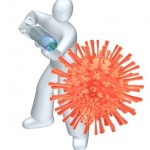


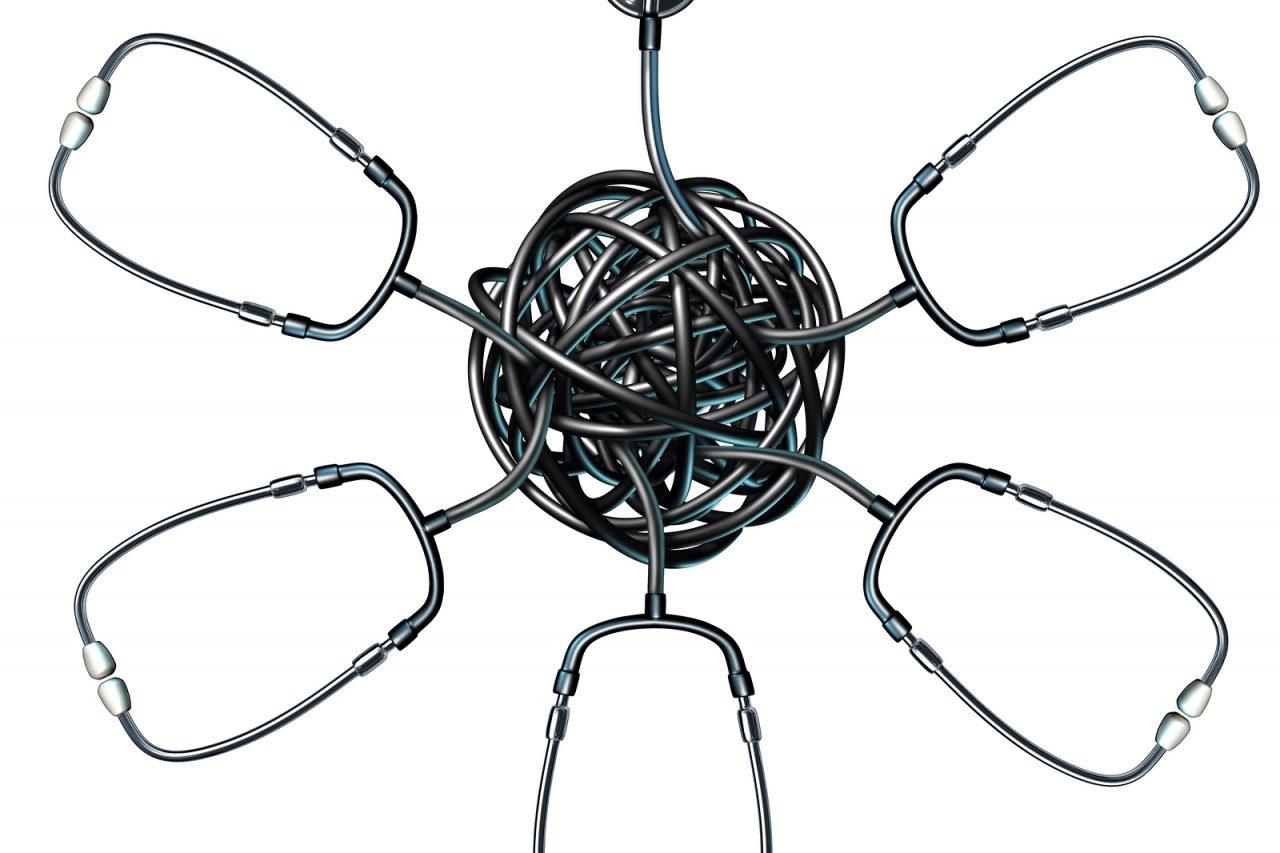
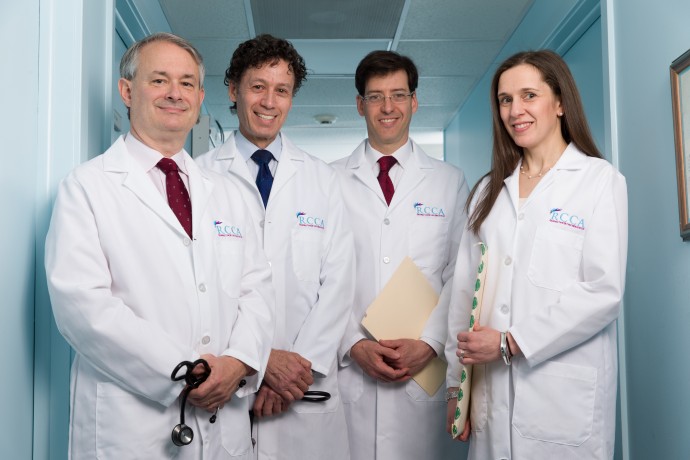
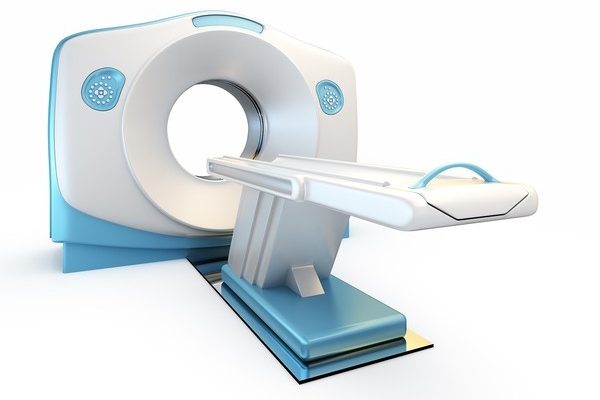
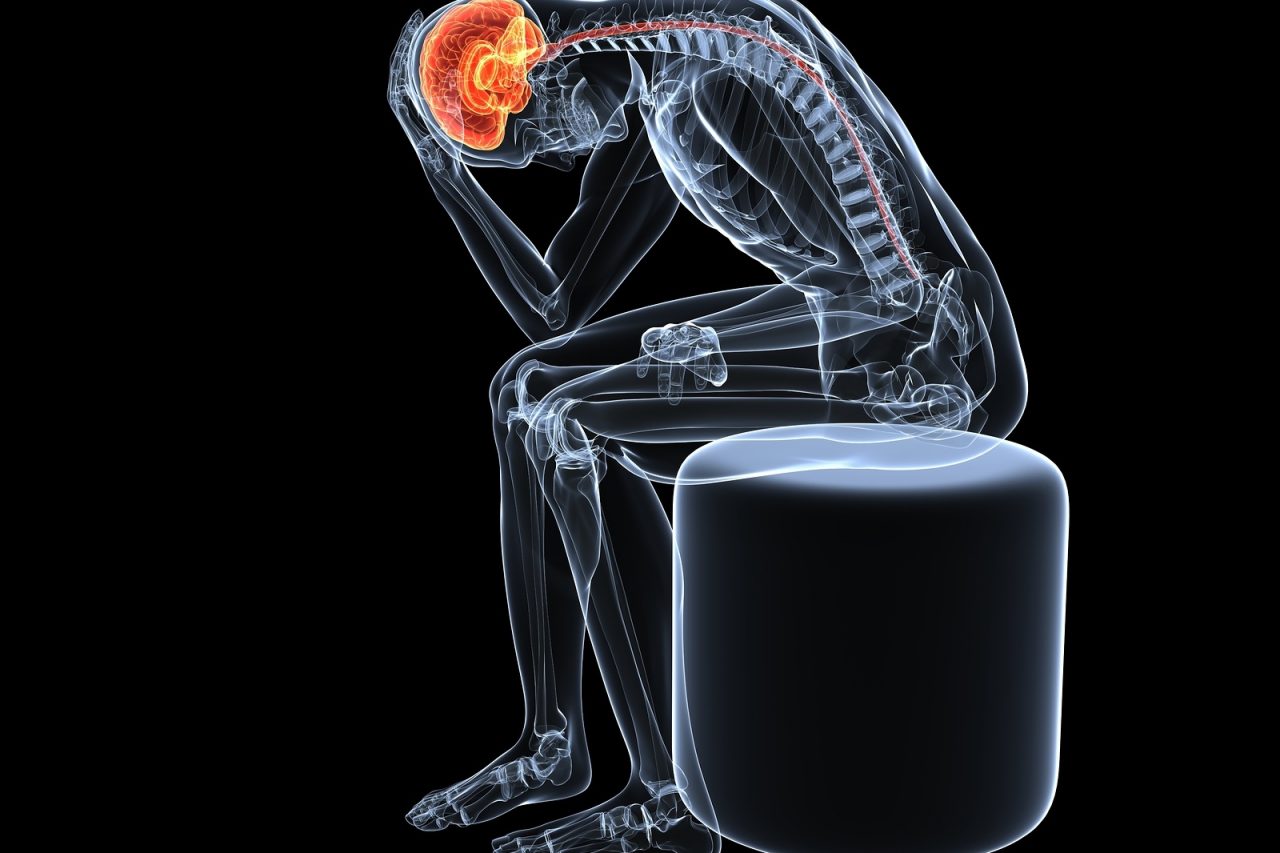
10 Comments